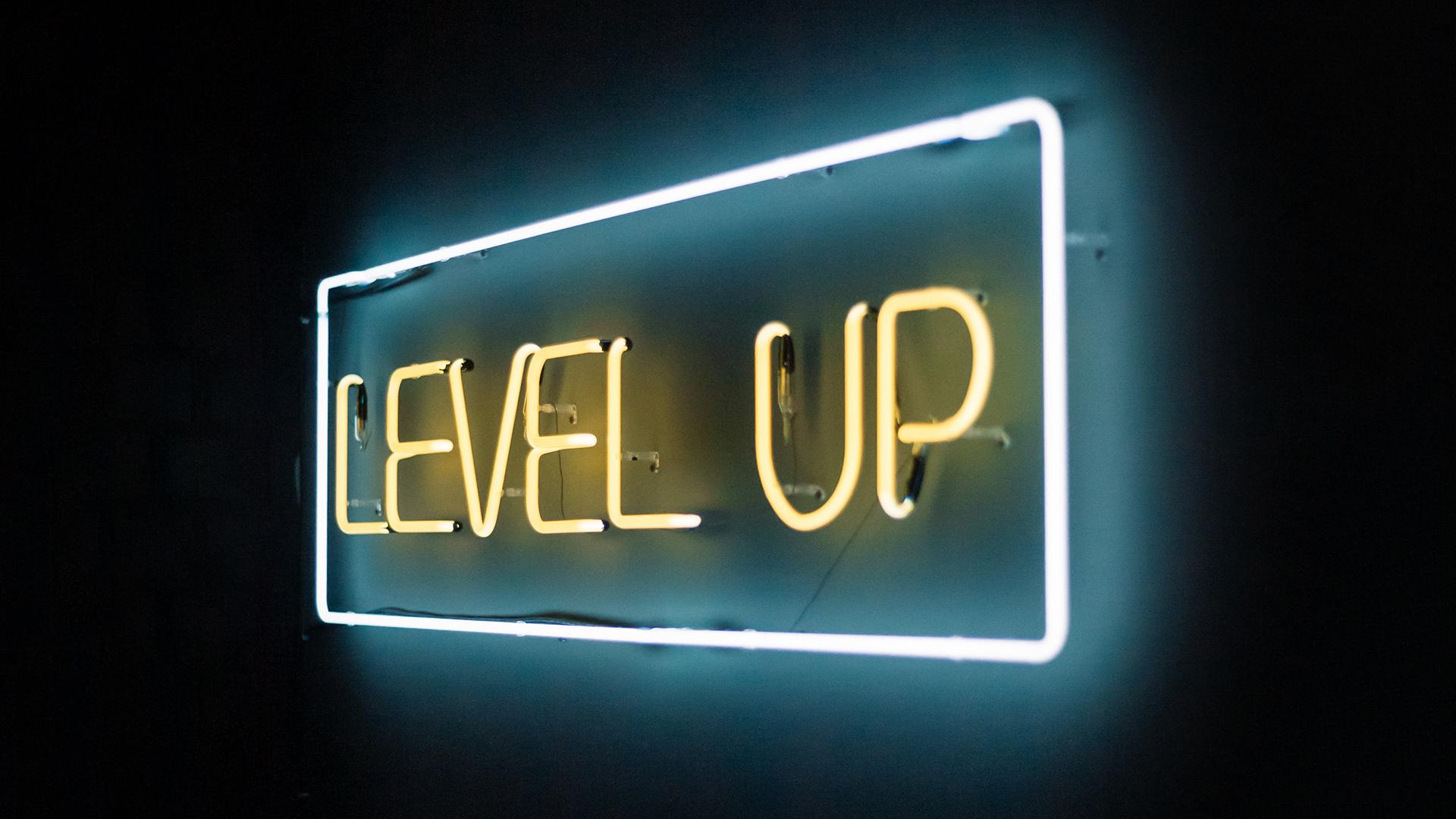Question: What do roasteries, cardboard menus and The Rocky Horror Picture Show all have in common?
Answer: They’re all examples of what might have been services but were transformed into experiences, and all brought to life by the speakers at the 6th Experimental WXO Campfire. Read on to find out why…
In the spirit of experimentation, for this week’s Campfire we decided to do our first two-parter, following on from Campfire 5’s discussion of the difference between services and experiences.
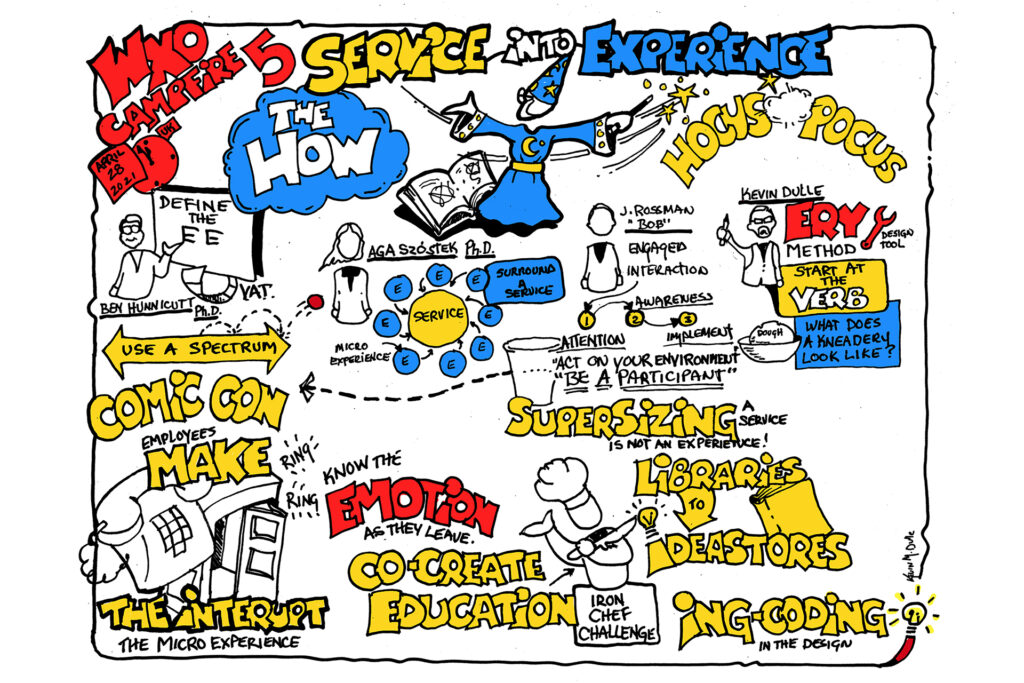
In Campfire 5, we set about defining the key distinctions between services and experences. In Campfire 6, we invited members of our Founding Circle – many of whom were not able to make last week’s APAC-friendly start time – to go a little deeper by thinking about how we can take a service, mess around with it, and upgrade it into a true experience.
With over 100 years of Experience Economy expertise between our four firestarter speakers, we were given plenty of tools with which to break down some sad services and reassemble them as engaging experiences, leaving with some takeaways about how to apply what we’d learned across our different sectors.
The Magic Of Micro-Experiences
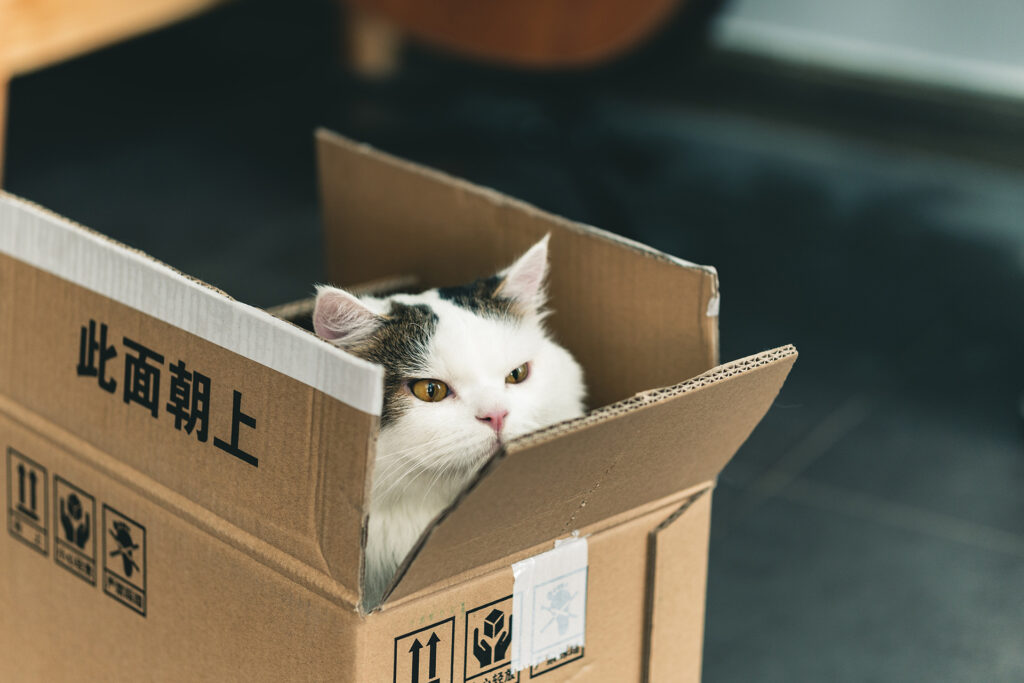
First up: strategic experience designer Aga Szóstek, who introduced the magic of micro-experiences. When we think about experiences, Aga explained, we usually think of something like a theatre or amusement park – where the experience is the main thing and it’s surrounded by services, e.g. stalls selling t-shirts or food.
“But the majority of businesses have the opposite problem,” Aga said. “They’re a service trying to build experiences around it. And this scares executives – they assume it’s going to take a huge amount of investment and they don’t know how to make it happen.”
But there is a solution to this.
“Much like there is death by 1,000 cuts, the experience in services is built by 1,000 experiences.”
Aga Szóstek, strategic experience designer
“Instead, you should surround your service with a myriad of micro-experiences: small things that you do for customers with a common vision that unites them and brings them to the same direction.” Unlike a ‘wow’ effect that you only do once, like a one-night stand, these micro-experiences are closer in kind to bringing a gift to your partner every day – the experience is consistent and gradually builds up over time.”
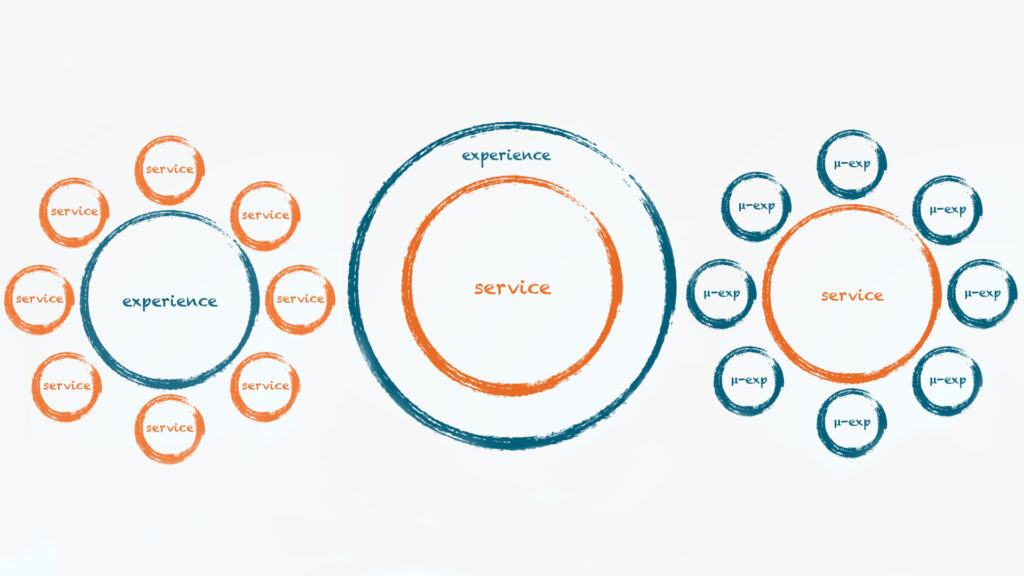
Aga gave the example of a recent project she’d worked on for a furniture company, who approached the problem of leftover cardboard boxes by producing a “cardboard survival kit” containing serious and humorous suggestions for what to do with it.
“When you talk to your clients or bosses and tell them you’re not going to create a huge experience but a tiny experience like this, people are much more open,” Aga said in conclusion. “And when you start doing them and people start talking about them, bosses say they want more of it.”
Engaged Interaction Is The Critical Step
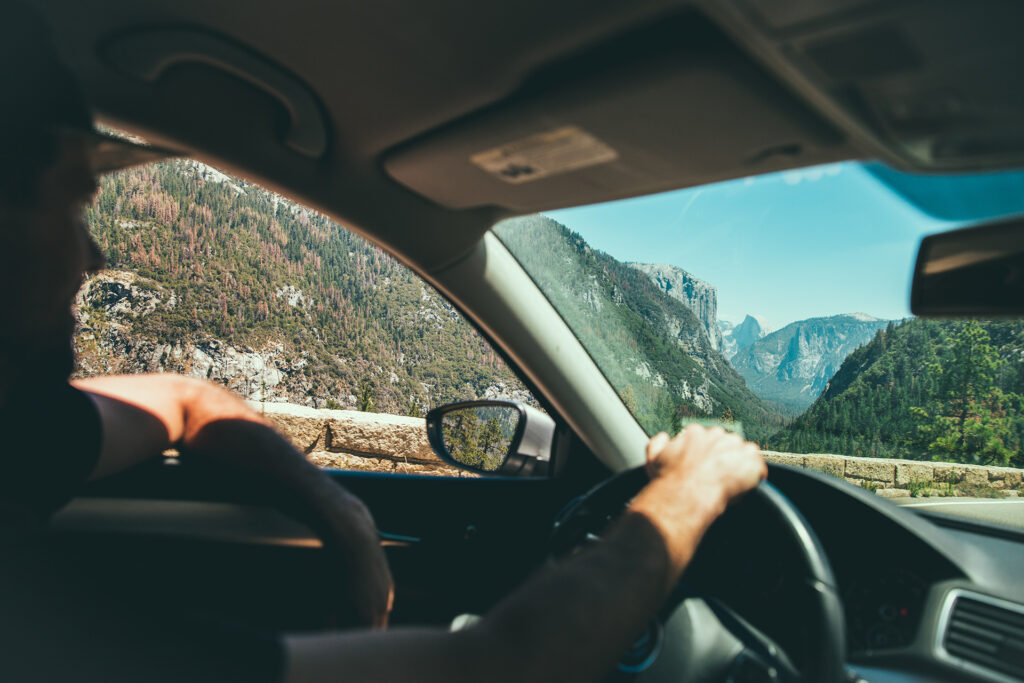
Bob Rossman, aka the “Dean of Experience Design” and whose book, co-authored with Mat Duerden, keeps winning business book prizes, took us through the “interaction ritual”, the role of conscious, engaged interaction in experience products.
“Supersizing a service doesn’t transform it into an experience, but providing an opportunity for engaged interaction will.”
Bob Rossman, the Dean of Experience Design
Bob began by quoting Joe Pine and Jim Gilmour’s seminal book The Experience Economy The Experience Economy: “Experience is different from commodities, products and services.” So, Bob asked us, what makes them different? The answer, he believes, is engaged interaction, which can be explained through the interaction ritual.
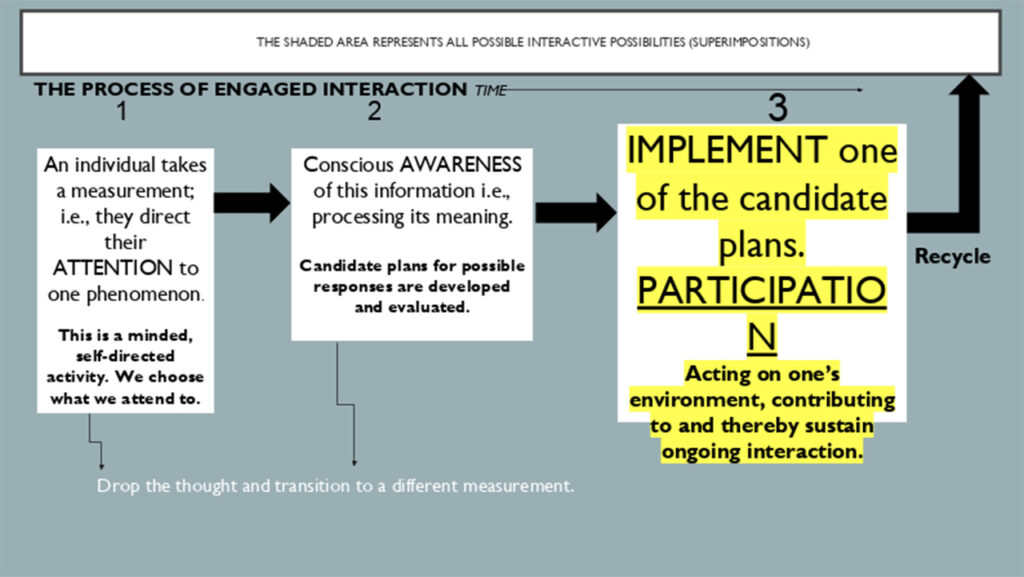
“The interaction ritual occurs through three steps,” Bob said. “It occurs at the speed of thought, which of course is the same as the speed of light.” Here are the three steps:
- Attention: You direct attention to the phenomenon.
- Awareness: You give the information conscious awareness, process its meaning and develop plans for a response.
- Participation: You implement one of these plans by acting on the environment, sustaining ongoing interaction.
At each stage you have the option to drop the process or move onto the next stage. Reaching each stage increases the chances of hitting the next. You could think of the steps like this: engaged interaction can lead to valued memories that are nurturing and gratifying, which can lead to personal transformation in the form of learning something, gaining a new view of the world, or becoming part of something larger than yourself.
“Step three – when you create a participant – that’s the critical step,” Bob pointed out. “That’s when conscious thought and real engagement happens. If you’re not providing opportunities for step three, you’re not really participating in the Experience Economy. And too often we just don’t get there.”
The Value Added Continuum
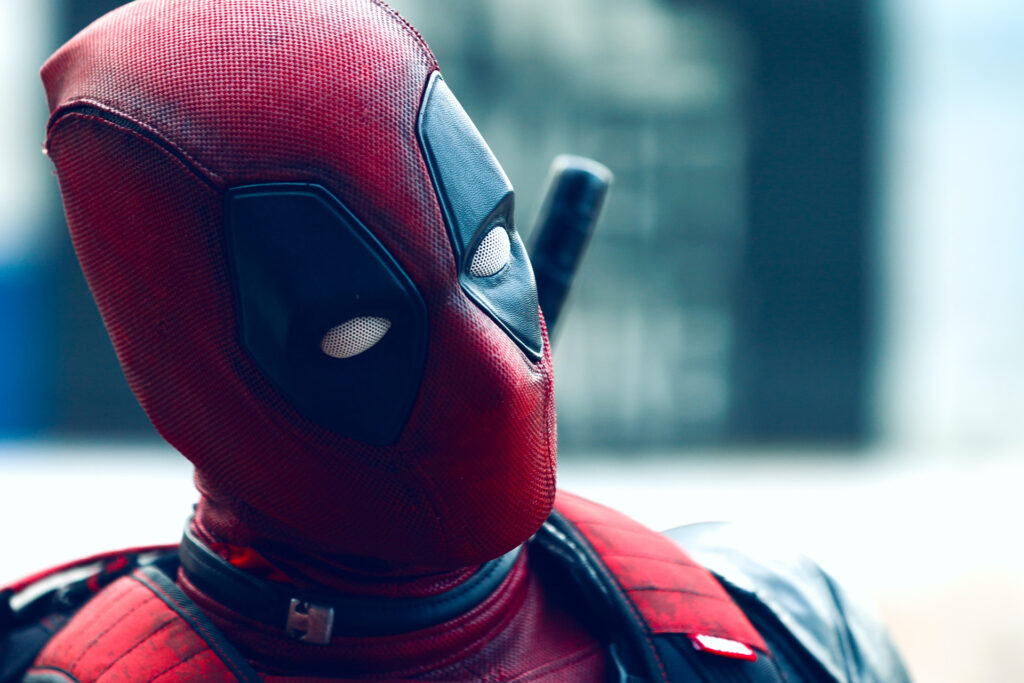
Ben Hunnicutt, historian and author of The Age of Experiences, introduced the idea of a continuum for the Experience Economy, similar to the idea of being “on the spectrum” for autism.
“The continuum variable in our case is value added by the customer,” said Ben. The more value added, the more something becomes an experience, often through increasing audience participation and co-creation.
“Value added has been long used by economists in the form of VAT. I think that this concept of value added could become a useful metric and research tool within the Experience Economy.”
Ben Hunnicutt, author, The Age of Experiences
Ben gave some examples from the movies, theatre and pop culture, from sing-alongs like The Rocky Horror Picture Show to fan-based screening with pre- and post-show discussions, renting the theatre to a large group, or the global phenomenon of Comic Con and its associated cosplay and audience tableaus.
“I ask my students to analyse an experience using a checklist that includes what the customer brings to the table and what value they can add to the experience, alongside things like autonomy, growth and memory,” said Ben. “The findings from neuropsychology suggest that this all correlates with human happiness.”
The “Ery Method” For Non-Experience Designers
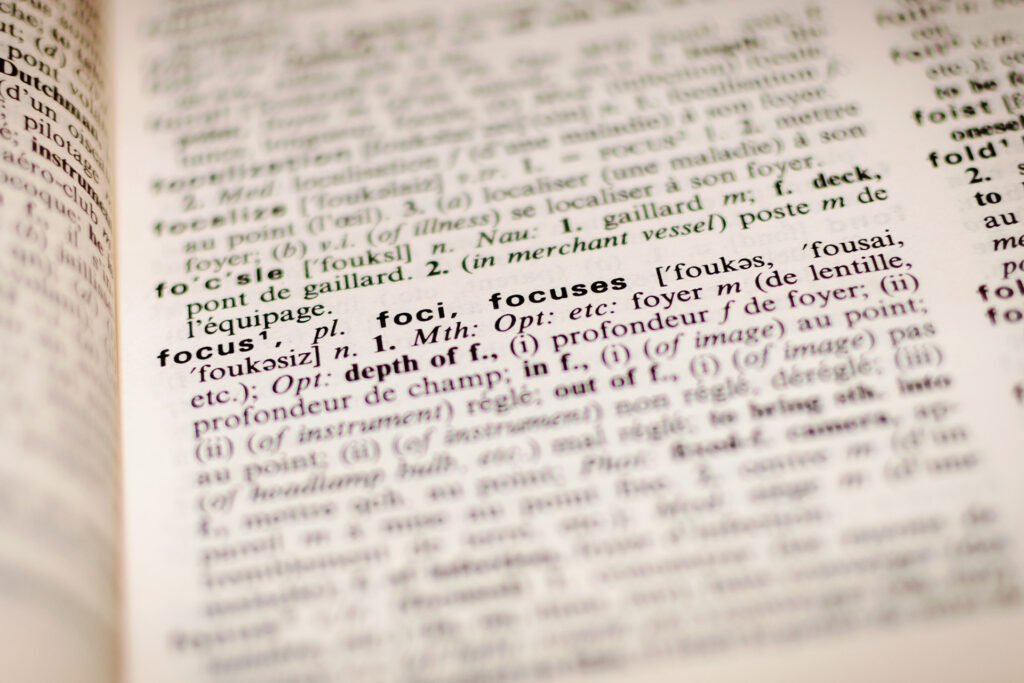
Finally, visual thinkologist Kevin Dulle explained his method to help non-experience designers think about how to convert a service into an experience for themselves.
“Start with the verb and then build out to the stage, because most people can understand the physicality of an experience. So why not start the experience design with where you’re going to be?”
Kevin Dulle, visual thinkologist
Kevin started by thinking about the three things involved in creating an experience: resources including money; people; and creative ideas. He has found wih clients he works with that, in order for them to buy into an idea, they have to be involved with coming up with it in the first place. So one of the key challenges in getting clients to implement experience-based ideas is getting them think in experience terms for themselves. This is where Kevin’s radical, simple but brilliant “ery method” is very powerful.
It begins with “brainsteering”, which is a verison of the classic ideation process, brainstorming.
The problem with brainstorming, according to Kevin, is that when people get excited ideas go everywhere and you can’t determine the good from the bad. As Kevin points out, brainstorming can feel like a popcorn popper without a lid on. The popcorn pops – and the ideas fly – all over the place! Instead Kevin likes the idea of “brainsteering”, where we funnel towards a good idea to keep everyone focused on it. Here’s how Kevin brainsteers ideas for experiences.
“First of all, let’s break down a service into three key elements,” he said. “The first is the service itself. The second is the people who are delivering the service, and the third is the place in which the service is being presented. How do we convert that into an experience?”
In the first phase, the service is a verb and the products are a noun, e.g. “baking bread”. For the second phase you add “er” to the verb, e.g. “bake” becomes “baker” and “perform” becomes “performer. And to get the third phase of the stage, you add “ery” to the verb, e.g. “bake” becomes “bakery”.

“To spark the imagination and get people to start thinking about doing something different, we find associated verbs – for example instead of ‘bake’ we might use ‘knead’, which gives us “kneader” and then “kneadery”. What might a kneadery look like?”
Kevin gave the example of Starbucks and their “roasteries”, and asked how might a “cleanery” be different to a laundry, or what might make a “car washery” different to a car wash – perhaps it could be a spa for your car.
“By doing this kind of wordplay, we can initiate the brain to start thinking about something different,” Kevin concluded. “Because it’s hard for people like bankers to understand what an experience is, and so this helps them visualise it and customise it to their needs.”
Transforming Standard Services Into Awesome Experiences
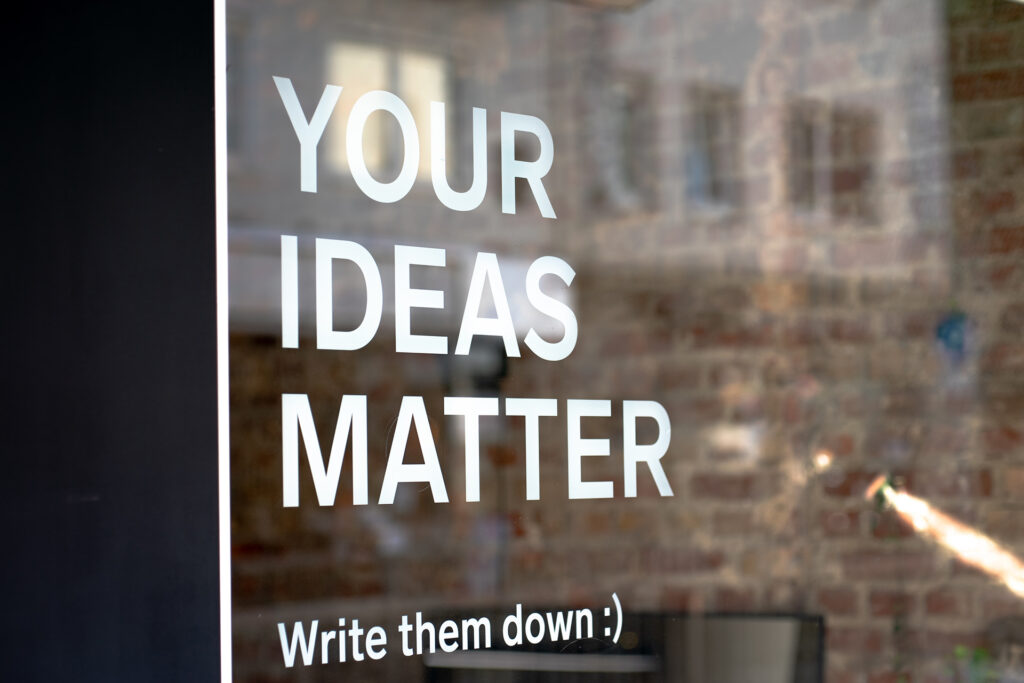
With these tools in hand – micro-experiences, engaged interaction, the value added continuum and the “ery method” – our Campfire split into breakout rooms to try and turn some lacklustre services into experiences, before sharing their ideas with the group.
Kevin and Bob spoke about the service failure when someone interrupts a service to walk away and answer the phone, suggesting that instead they have a telephone booth behind the desk that an employee steps into, lights come on and another employee steps out, so the interruption becomes entertainment and part of the experience.
Author and experience design professor Mat Duerden and immersive design and metaverse expert Stephanie Riggs talked about how in London, some libraries have been reinvented as “Idea Stores”, where you can get help signing up for insurance and there are interactive book experiences for kids – this rethinks the original purpose of a library as a community hub in which to share information and reframes a traditional service space.
Stephanie added that in her experience of designing the immersive branding space 29Rooms in New York, what they built had nothing to do with the products and services they provided it, and everything to do with the emotion they wanted people to feel. She found this approach to be more successful than wrapping around the brand, particularly with the millennial generation.
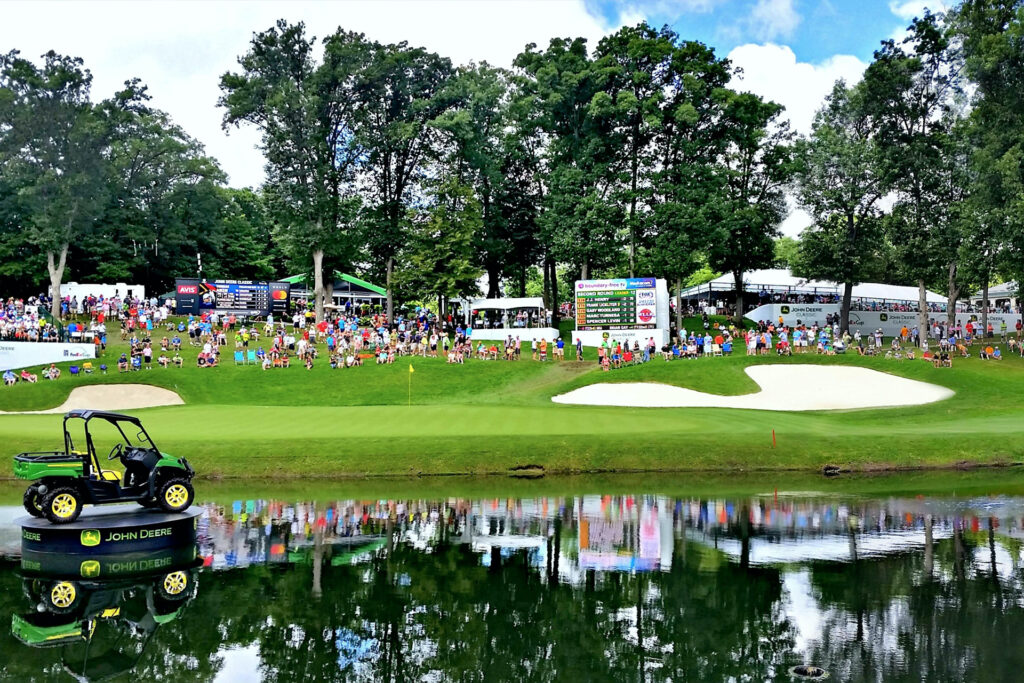
Experience design professor Neil Lundberg and experience technology specialist Heather Gallagher thought about education, which, they noted, can become a mere service if it’s only about pushing information to the student. They talked about adding micro-experiences into a topic or even co-creating a curriculum, which would be a real leap in engagement level. Heather referenced the TV show Iron Chef, wondering if you could take experience design students to a place like a golf course or shoe store and have them work from there, either to transform it or see what they could learn from it.
Architect Ray Hole said that his role is often to “design the erys” into an environment by encoding it with micro-experiences, so that visitors experience them if their senses are stimulated.
Experience design professor Barbara Neuhofer reminded us that a negative service can actually be the starting point for a memorable, positive experience. Satisfactory services, she pointed out, aren’t memorable. But when a negative service experience is turned around, the customer is left with a lingering memory of the positive side of things. Barbara shared a story of a time when she attended a private dinner in a luxury hotel. , After a service failure – a significant delay between courses – the chefs whipped up a special dessert at the table, solving the problem of poor service with a personalised performance art experience.
On the topic of transportation and particularly airlines, experiential marketing pioneer Max Lenderman wondered if they could take cues from the Uber model when you can ask your driver to be chatty or silent. Could there be a way to create a networking opportunity in the time you have sitting next to someone on a plane – an amalgamation of your LinkedIn and frequent flyer profiles and an option to say you’re open to being approached? Barbara pointed out that KLM Airlines have previously experimented with this idea with their Meet & Seat initiative, which used social media to matchmake networking opportunities on a plane.
Experience design professor Brian Hill added that with transportation there’s often an interaction with people and an invitation to co-create. Sometimes when you get in a taxi, you just want it to be a service and take you somewhere; and sometimes you get an invitation to engage with the driver, and it depends on their personality and authenticity as to whether you want it to be an experience or a service you want to be over quickly. Aga agreed that something can be an experience or it can be a service that you want to be over quickly – “services you want to be done, whereas experiences you want to live through.”
The WXO Take-Out
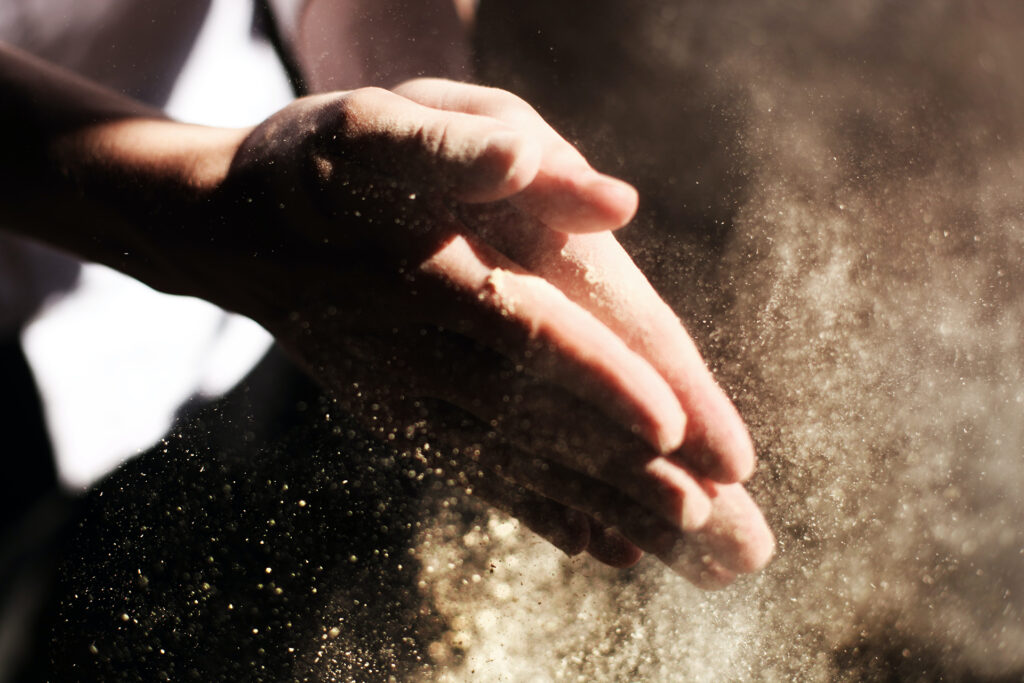
As we brought our Campfire to an end, WXO Founder James Wallman wondered if we could put Bob’s ideas of engaged interaction, valued memories and personal transformation somewhere along the value added continuum introduced by Ben.
Referring to the discussion at Campfire 5, when there was some debate over whether value added by the customer should be a prerequisite for an experience, he concluded that although definitions are a really useful starting point, we shouldn’t be boxed in by them. Just as Kevin’s “ery method” uses wordplay to initiate the creative process, we should think of these methods – micro-experiences, the three steps of interaction design, and the continuum of value added and co-creation – as useful tools to create better experiences.
We’d love to hear about the tools you use to turn services into experiences. And if you use any of these in your work, we’d love to hear how the results turn out. Click here to let us know,
Interested in taking part in discussions about experiences and the Experience Economy? Register your interest in becoming a member here to be the first to know about upcoming WXO events, both digital and IRL.

